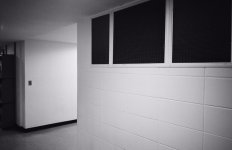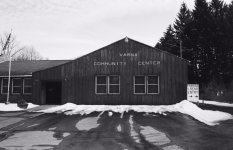squirrel$$$bandit
Veteran
I shot my first roll on the G1, using the 28mm Biogon and Ilford XP2 ISO400. I had both the AF and AE on. They seem underexposed to me. I probably should have been shooting 800--the weather was overcast, and there are lots of indoor pics--but shouldn't the AE have taken care of that?
http://flickr.com/photos/mabelsound/sets/72157604114519044/
Let me know what you think!
http://flickr.com/photos/mabelsound/sets/72157604114519044/
Let me know what you think!




